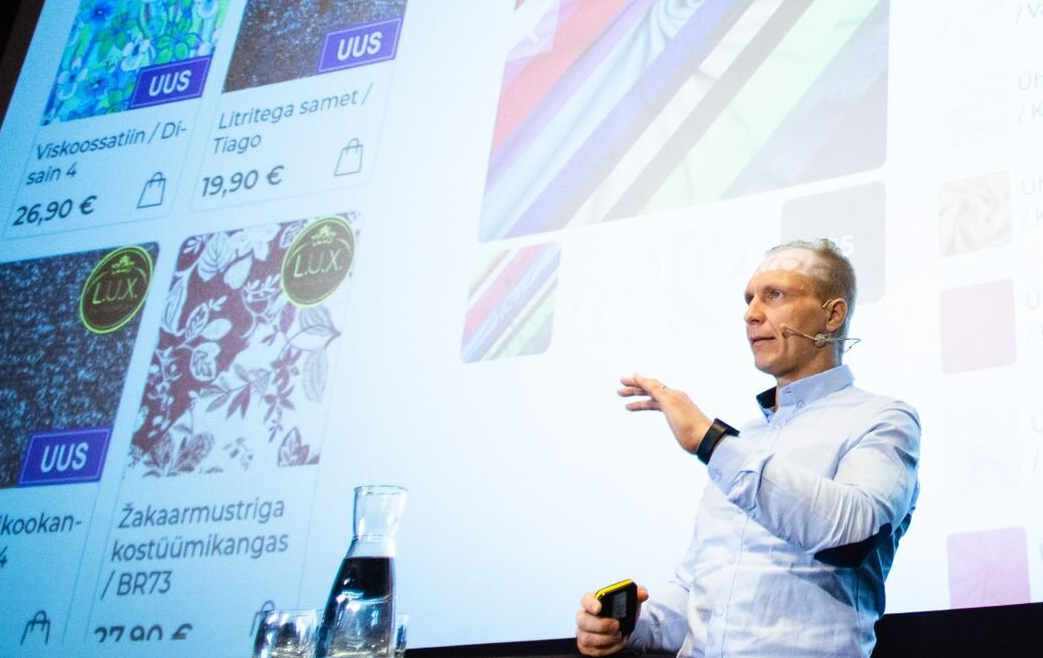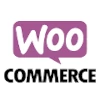
Convenience and digital are no longer added bonuses. Both customers and employees want the information they need to be easily available and the operations quick and convenient.
For most companies, digital transformation means introducing new technologies. Acty’s e-commerce and digital transformation strategist, Aldar Reinberk, found that understanding digitization or innovation solely as modern technologies is not quite right. “Since the IT market is complex, where older and newer technologies are mixed, it is very important to consider the interaction between technologies and application areas when planning digital changes. Innovation is not always the latest technology, the latest gadget, the latest methodology, but the integration of change into the existing environment in such a way that it creates added value and new opportunities for the company,” emphasized Reinberk. “Based on our experience, we can see the potential that can be exploited with the help of digital solutions. Some of them are adaptations of previous solutions, but sometimes you also have to start creating from a completely clean page,” Reinberk added.
A lot depends on the readiness of the organization
The digital transformation strategist helps the company to purposefully map its processes and support them in the implementation of innovations in a way that creates added value. At the same time, one must also manage change in the organization. Technical and organizational understanding of the change and their implementation, communication and training activities must play together optimally.
When creating digital solutions, it is very important to understand its necessity from the point of view of the company – it must bring real value, improve or simplify processes. As an example, Reinberk cites a project in cooperation with the Estonian Evangelical Lutheran Church (EELK).
“We had a good collaboration with EELK, for whom we made the report management information system. The main task was to simplify making inquiries from reports and extracting the necessary information. Another task was to enable access to information for different users, who could make the necessary requests from the system at a time convenient for them,” Reinberk described.
In the report management information system created by Acty, administrators can create a report structure in advance, and then parishes and deans can submit reports online, using structured forms. In the updated system, it is possible to prepare questionnaires, and the answers given by different organizations are reflected in the statistics. In addition, functionalities were created that have simplified work processes. In summary, the report management information system EELK supports continuous development activities and the improvement and simplification of processes.
EELK Vice-Chancellor Ülle Keel emphasizes: “It is important for us to constantly find solutions to automate processes, reduce the administrative burden and make work processes easier and more convenient. All this adds time and makes work easier.”
Development of digital products has become faster and more affordable
“You don’t always have to approach innovation as a big revolution involving taking big risks. Our experience shows that most investments pay off in just a few months. Technologies have become significantly more accessible, allowing you to achieve much more for the same money than a few years ago,” said Aldar Reinberk.
Whether it is an information system, website, POS software or mobile application – building an MVP, or minimum viable product, is quick and flexible and can provide a great competitive advantage. Thanks to PWA (Progressive Web Application) technology, the creation of mobile apps has become much faster and thus more affordable compared to native mobile applications.
Ramirent, a rental company of construction equipment and tools, wanted to create a digital solution that would save site workers time and improve the customer experience with faster service. “In the case of Ramirend, we used PWA technology and created a mobile application, with the help of which the site employee can view information about the rental device by scanning the QR code, find the customer’s information in the system and conclude a rental agreement. We also created a business customer order environment for them, where you can conclude customer contracts and leases, submit rental orders and manage users,” said Aldar Reinberk.
QR code is not yesterday
Due to the coronavirus, QR codes have become particularly popular as they help ensure a contactless solution. They can be used, for example, in access systems instead of door cards or integrated into various payment systems. “In 2019, we helped Tallinn Airport move the business class lounge and security control express gate purchase processes to the online environment. We created an online ticket purchase solution and an API interface that creates a QR code that can be used to pass through the security gates,” the head of Acty explained.
Trade trends: B2B e-shops
The digitization of B2B trade has grown considerably, as merchants have realized that the new generation of decision makers no longer wants to order goods using Excel spreadsheets. A B2B customer expects at least the same shopping convenience as a B2C customer. Therefore, it is crucial to focus on the customer and their evolving needs. What do they want? How can we engage with them and maintain their loyalty? The key word is adaptation.
It is certainly important to regularly contemplate the future. You don’t always have to act on every thought, but it’s worth mapping out future scenarios. It is worth thinking about how to navigate uncharted markets, leverage new technologies and identify innovative approaches that will make you and your business more successful than your competitors. Cultivating this habit of strategic thinking enables you to respond more quickly when opportunities arise. “I recommend giving development partners more opportunities to experiment and try new approaches, because development only happens outside the comfort zone,” Reinberk found.
The main difference between e-shop solutions for private customers and e-shop solutions for business customers is related to VAT. In addition, business customers may have different benefits from company to company. It is also often desired to automate processes in order to reduce the burden on customer service, enabling the customer to conveniently place orders outside of customer service working hours. “In trade, the e-shop is the biggest image builder. From this, customers subconsciously read how much you care about them. If B2B companies also realize this, a big change will happen in the industry. Winning time for your customers becomes a strong competitive advantage. If the business customer’s regular purchase orders are automated, the purchasing manager only needs to adjust the quantities of goods received through automated mail and easily confirm the order,” added Aldar Reinberk.
Certainly, the development of e-channels should be viewed as an investment, not as an expense. There are many reasons to devote time and resources to developing a proper e-channel. A cheap e-shop can bring a business loss rather than a benefit to the company. In addition to reputational damage, lost revenue and market share lost to a competitor should be taken into account.







